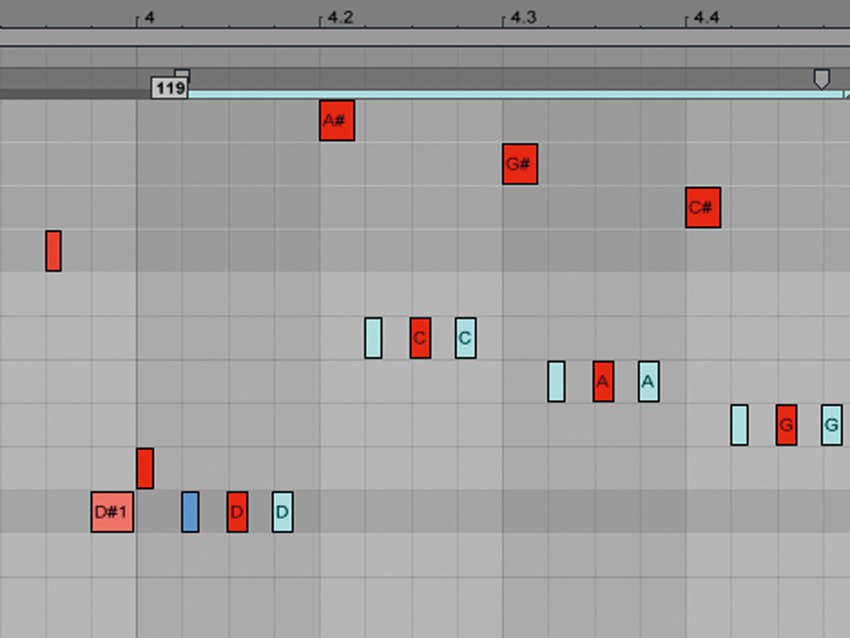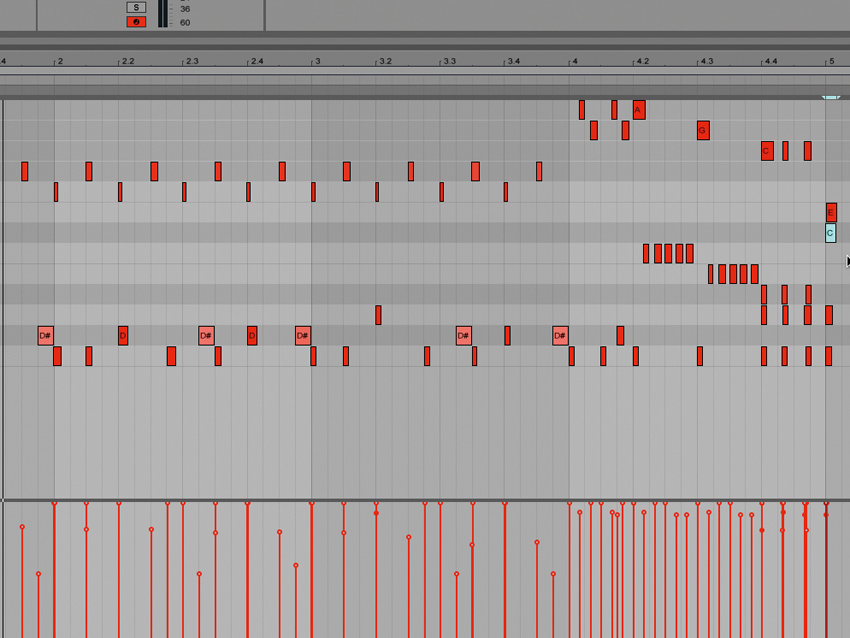6 common drum programming mistakes (and how to fix them)
Make your bad beats sound badass
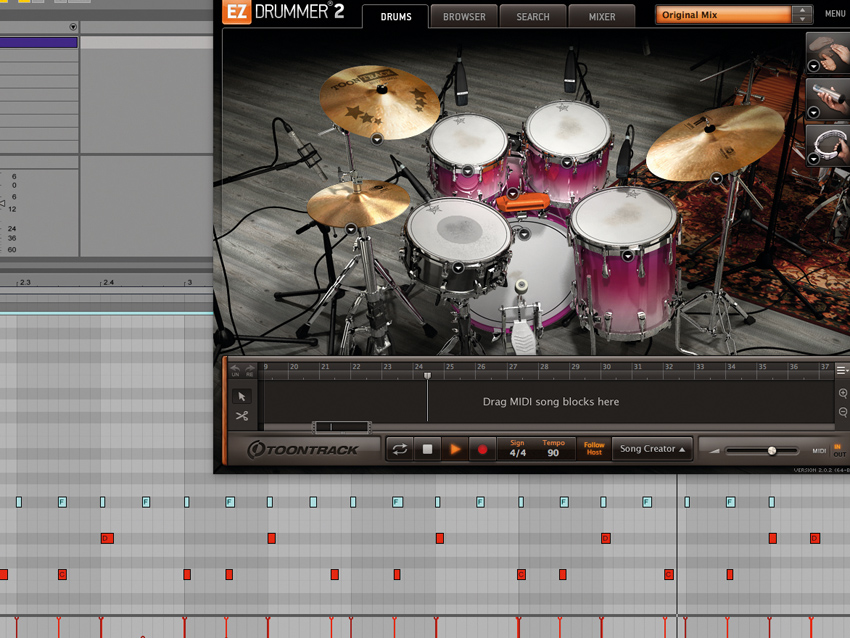
Get with the program
If you're not a drummer, but you don't want to rely on sampled loops and prefab MIDI files for all your acoustic drum kit tracks, at some point you're going to have to learn to program your own 'human' beats.
The basic principles of programming drums are quite straightforward compared to the knowledge required to program authentic guitar, brass or woodwind parts, say, from scratch. But, as with everything in music production, learning a new skill means getting your head around a new set of pitfalls. Here, we're going to show you what we consider to be six of the most frequent and glaring mistakes made by novice drum kit programmers.
Before we get started, perhaps the most important tip of all is this: if you want to stand any chance of achieving realism in your drum tracks, your sound source needs to be at least a decent multisampled drum kit sampler patch, if not a dedicated drum ROMpler like BFD, Superior Drummer, Addictive Drums or - as we're using here - EZdrummer 2. You won't get anywhere just throwing single kick, snare and hi-hat samples into a Live Drum Rack and having at it, so save yourself an unnecessary stage of the learning curve and invest in some quality virtual tubs before you go any further.
Click through the gallery, then, for six deadly drum programming landmines and tactics for sidestepping them. For more drum programming tutorials, check out Computer Music magazine's monthly Dr Beat column.
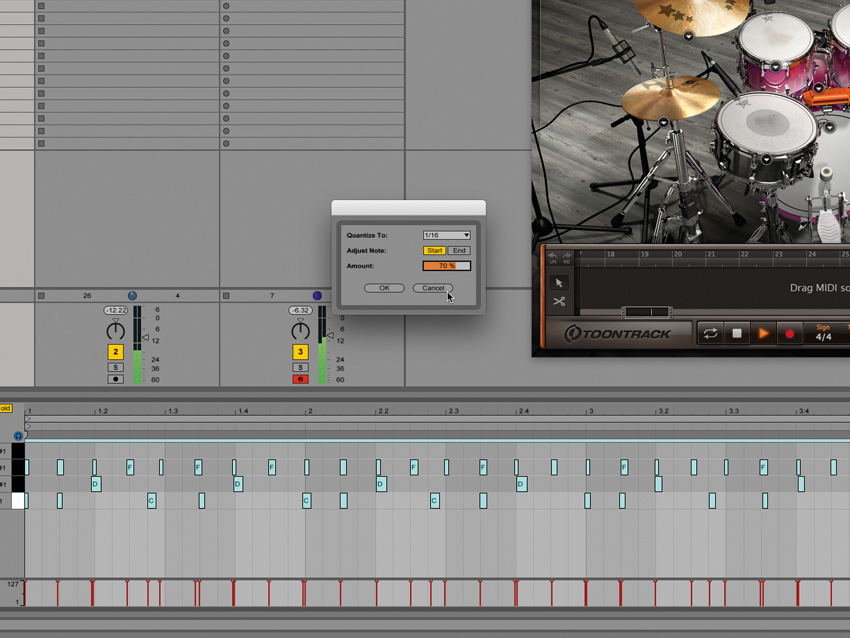
Over quantising
Perfect quantisation can be just as damaging to the groove as no quantisation. Moving notes nearer to the grid by hand is a good tactic, as is an iterative quantise function, if your DAW has one.
Check out the audio demos to hear the difference between different quantisation levels.
Raw drums
100% quantise
70% quantise
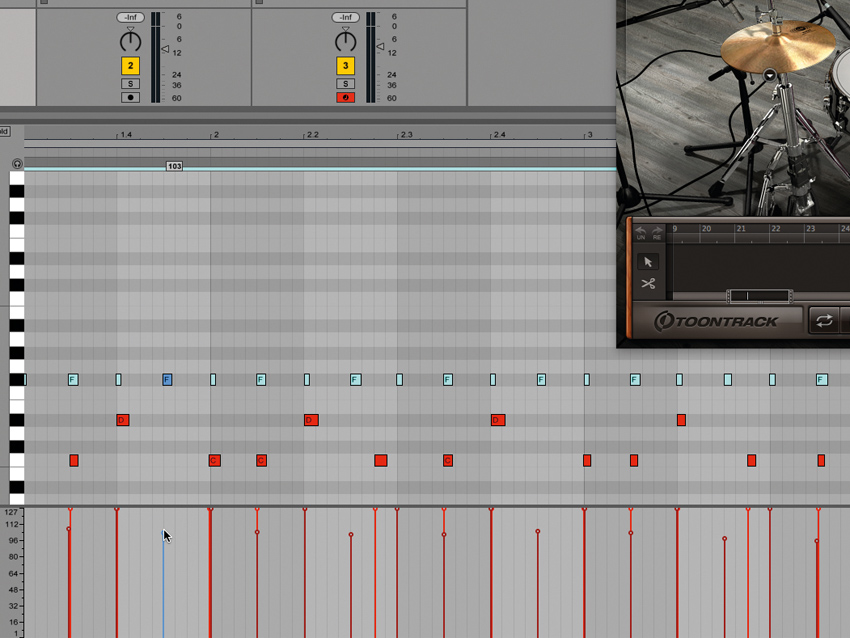
Boring hi-hats
One of the biggest giveaways of bad programming is when every note is at maximum (or the same) velocity. This applies less to a kick and snare beat, but hi-hat lines are crucial to vary.
Here, we're lowering each offbeat note a little - using any other articulations your sound source has can also help with this.
Dynamic hi-hats
Articulated hi-hats
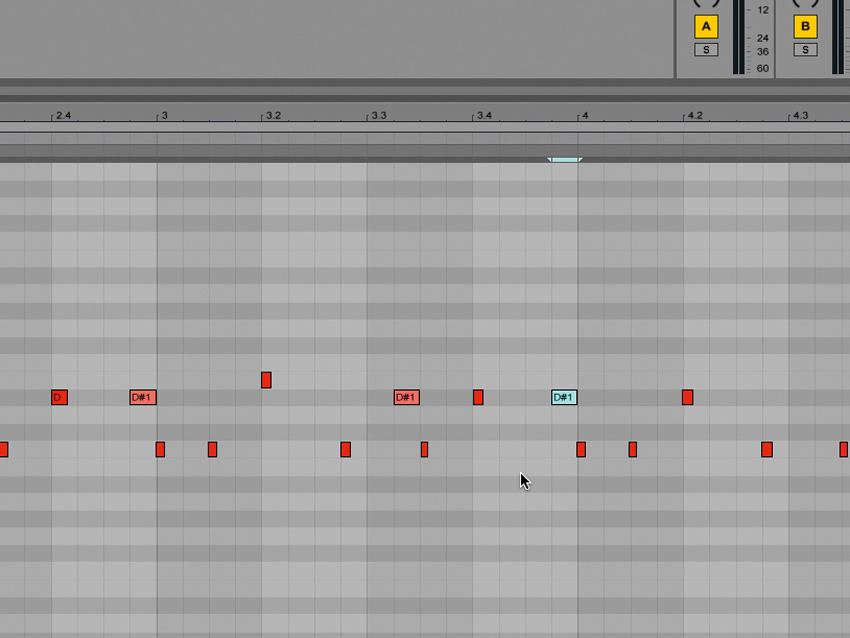
Static snares
Backbeat snares can be safely programmed at max velocity every time, but letting them sound identical is a no-no.
If your sound source offers round robin samples, making each successive hit sound different, use them. Otherwise, throw in a rimshot hit every now and then.
Snare variation and ghost notes
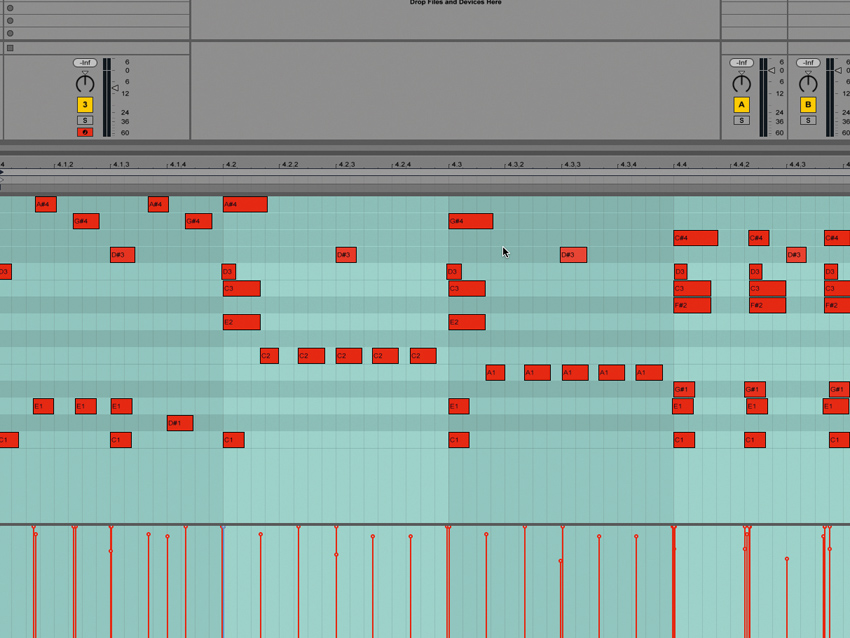
Impossible playing
Having your virtual drummer hit more than two things with their hands at the same time is, obviously, completely wrong.
Try and mime your programmed parts with your hands and feet (slowly) to ensure that they’re physically feasible. The above overenthusiastic drum fill gets up to five hands on the go at some points!
Impossible fill
Realistic fill
Computer Music magazine is the world’s best selling publication dedicated solely to making great music with your Mac or PC computer. Each issue it brings its lucky readers the best in cutting-edge tutorials, need-to-know, expert software reviews and even all the tools you actually need to make great music today, courtesy of our legendary CM Plugin Suite.
